The promises and pitfalls of making livestock sustainable
There’s an argument that the only way to be sustainable when it comes to meat, is to not eat it all.
It’s true that cow digestion (burps) and waste produce emissions; however, does the impact of methane emissions from animal agriculture warrant a shift in diet? And are there other ways to help improve the climate credentials of beef?
In this episode, we speak with two livestock industry experts who share their views on the promises and pitfalls of making livestock sustainable. Kerryann Kocher, CEO of agtech startup Vytelle, explains how accelerating genetic progress is one way to improve both producer profitability, as well as environmental outcomes. Meanwhile, Professor Frank Mitloehner, air quality specialist at UC Davis, explains how enteric emissions actually work, and shares promising science about feed additives with the potential to reduce the amount of methane being produced.
But often when there’s great opportunity, there are significant challenges, too. Here are three livestock sustainability promises, and the associated pitfalls.
Feed efficient cows
Opportunity: Vytelle is accelerating genetic progress in livestock through a combination of improvements in bovine IVF, advanced analytics, and a phenotype data capture system that allows traits such as feed intake and weight gain to be measured, so the best performing animals can be identified. They aim to make genetic progress five times faster, with a 30% improvement in traits such as feed efficiency in five years. This holds massive sustainability potential, for example by helping to produce more bulls that can perpetuate resource efficient traits- farmers can lower their costs while producing more sustainable protein.
Challenge: Achieving this genetic progress at industry scale is difficult. While the cattle industry has a lot to learn from the poultry and swine industries in terms of genetic improvements, there are structural differences which make this process hard. In poultry for example, the industry is vertically integrated and therefore there’s a ‘playbook’ given to producers on how to farm chickens, from breeding and feed, to animal health. However, given the beef industry is not vertically integrated like poultry and swine, decision making, including about genetics, is left up to individual producers. Cows are also more likely to have multiple owners throughout their lives. This makes perpetuating genetic gains across the entire industry much more difficult.
Feed Additives
Opportunity: Feed additives such as seaweed can be mixed with grain or hay in a cow’s diet to inhibit methanogens in the rumen, thereby reducing enteric emissions.
Challenge: According to research by Professor Mitlohehner, out of the 100 feed additives available (in the research world; not necessarily commercially), only five have thus far been effective in reducing methane. In some cases the methane reduction was only about 10%, while the most effective saw a reduction of well over 60%. There are also questions over the long term effects of these feed additives - it’s not known whether a cow’s stomach will adapt to the feed over time and the methane efficiencies will be lost, or if there will be other animal health concerns. Palatability is also a problem - it seems cows don’t like the salty taste of seaweed.
Sequestering soil carbon through grazing
Opportunity: Farmers can improve their soil health using rotational grazing practices, as advocated by many regenerative ag practitioners and skeptics alike. Soil carbon can also be a commodity in itself, with potential for farmers to be paid for the carbon they sequester.
Challenge: Measuring soil carbon levels is notoriously difficult: gains are not linear and need to be assessed over time; every farming system and soil type is different; and the jury is out on whether the economic benefits of indirect sensing will reach a high enough performance threshold to beat out direct sensing. So it can take farmers a long time to understand what set of grazing practices will work to increase soil carbon levels. Further, soil carbon markets are complex, and thus far it’s not clear whether- or how- the financial rewards for farmers will justify the effort required to participate.
For more on sustainable livestock solutions and challenges, check out the episode. We’d love to hear what you think!
Useful links and additional resources:
Scholarly articles by Prof. Frank Mitloehner
Enjoyed the article or the podcast episode? Please share them! You can also follow us on Twitter and Facebook.
AgTech So What? is brought to you by the Agthentic Group.

